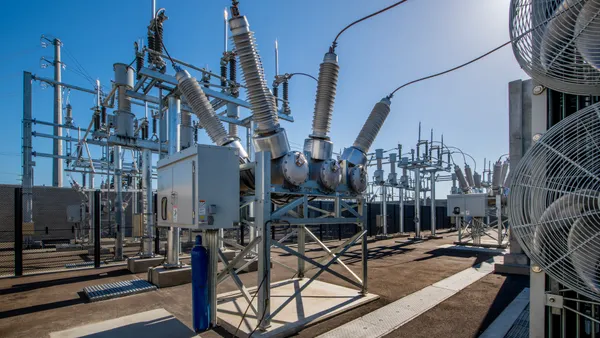Dive Brief:
- The California Public Utilities Commission has started to discuss the future of distributed solar in the state, in response to legislation passed last year that enables regulators to replace net metering (NEM) with a "successor tariff."
- The new charge is set to replace net metering by July 1, 2017. The PUC must finalize a rule on the successor tariff by end of 2015.
- Sustainability, flexibility, transparency, and simplicity emerged as key goals for stakeholders. A solar value tool, called the NEM Alternatives Public Tool, will be set up to allow stakeholders to better analyze the costs and benefits of net metering.
Dive Insight:
The debate brings to light one of the downsides of distributed energy: Low-income customers are less likely to have expensive rooftop solar systems installed, and thus are more likely to pick up a greater share of the utility's costs. The new legislation has a provision for utilities to help finance rooftop solar projects for low-income households; whether there will be any uptake remains to be seen. One way to lessen the burden on customers is to focus rooftop solar on public buildings like schools, said one industry consultant.
But putting a value on solar is a hard thing to do, cautioned the state's utilities. A report commissioned by the PUC last year which looked at net metering's cost benefits was heavily criticized for being out of date at the workshop. The new NEM value tool could help make net metering more transparent.
Dave Peck of the Office of Rate Payer Advocates, part of the PUC, said he thought it would be "futile" to try and determine the value of solar. The beauty of net metering is that it doesn't try to determine the value of solar: a cautionary tale in favor of greater simplicity for the legislature as it tries to reform the state's distributed energy.














